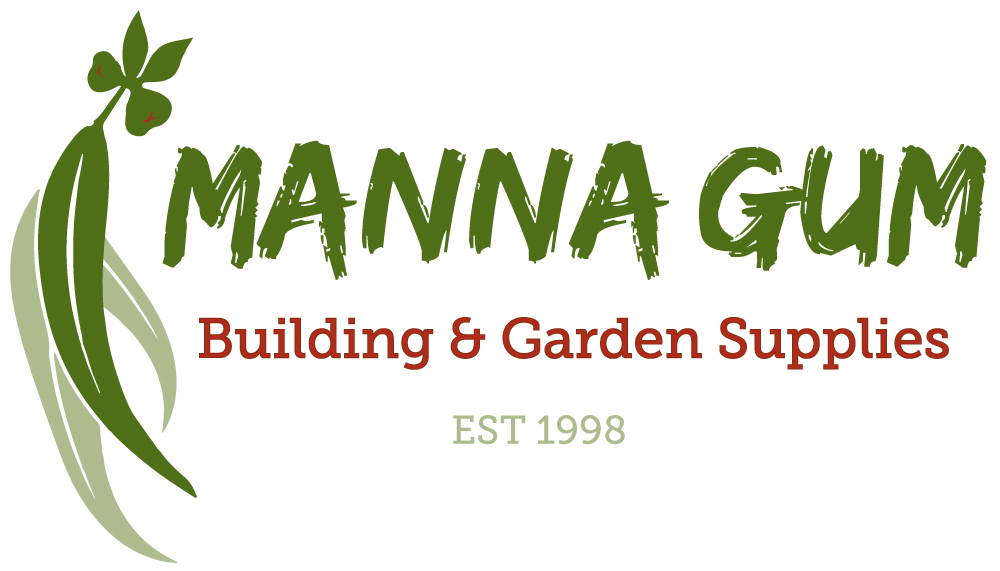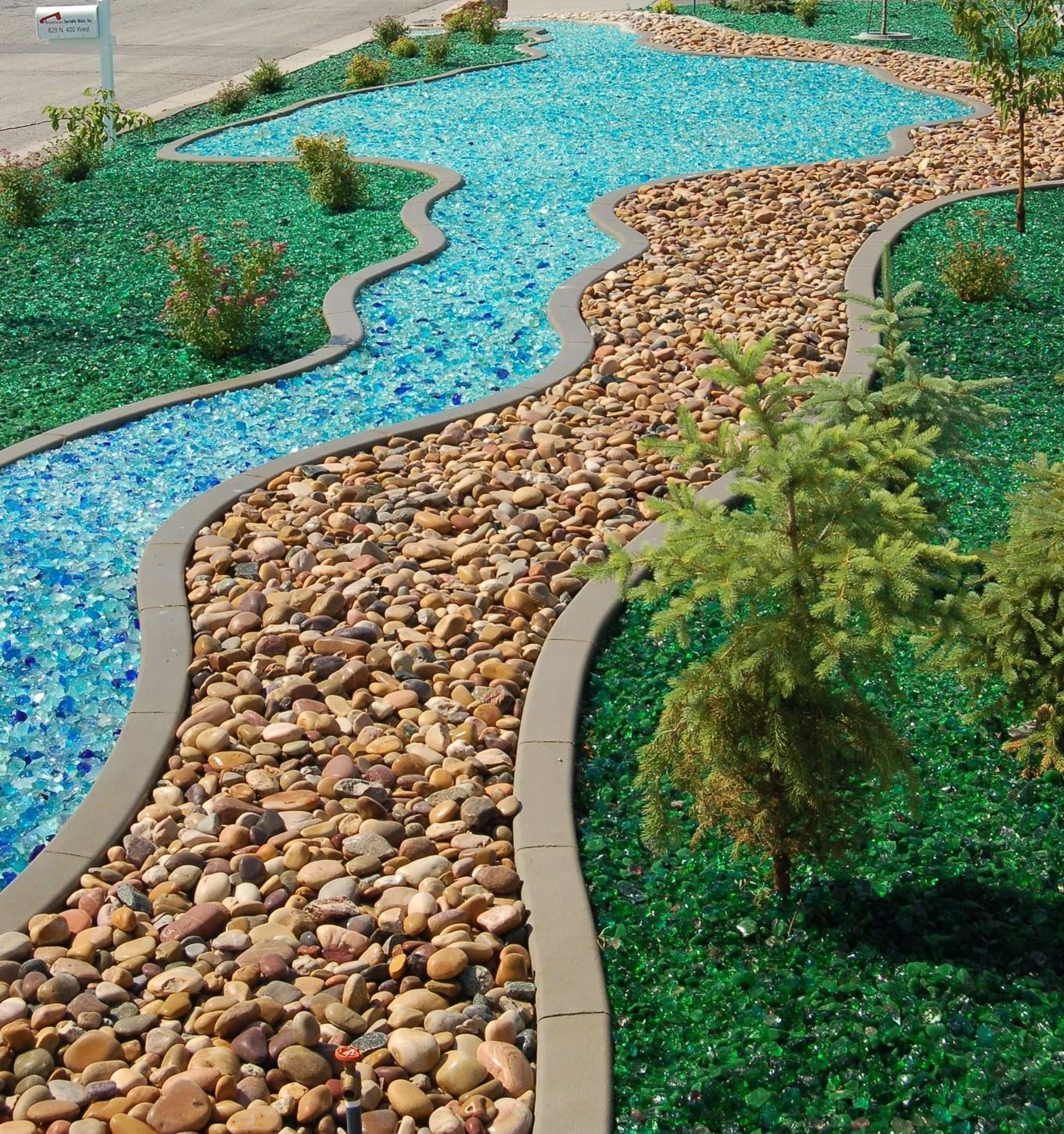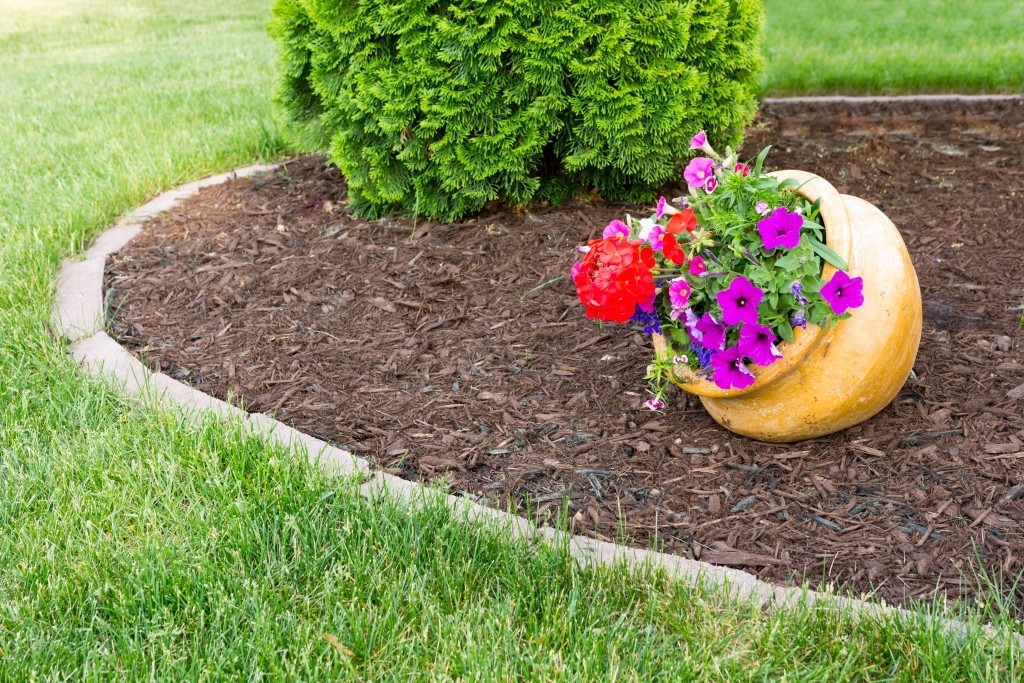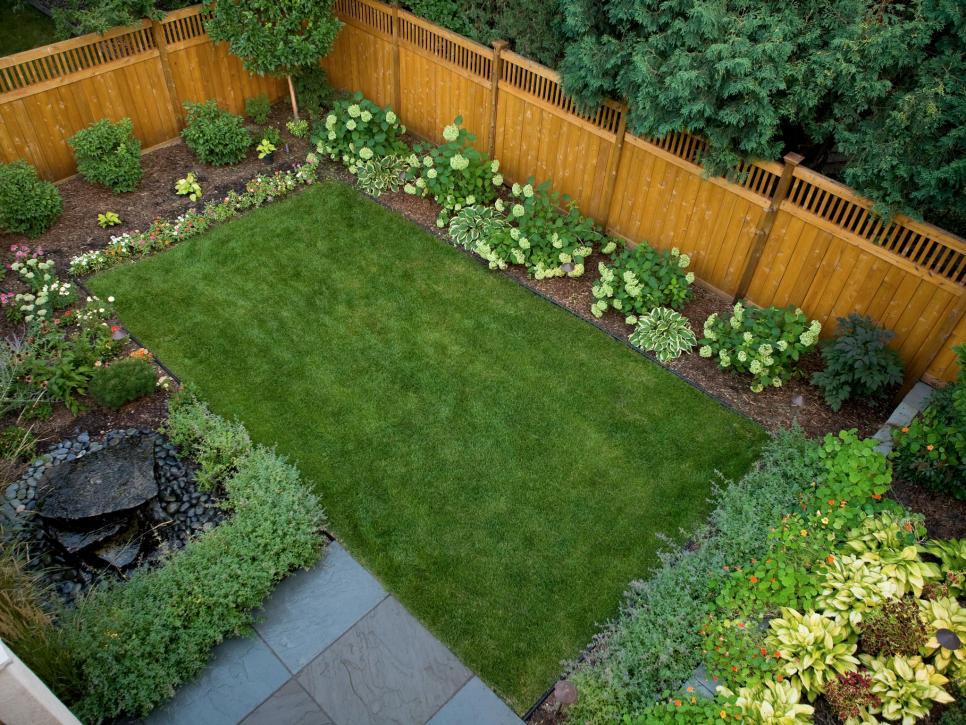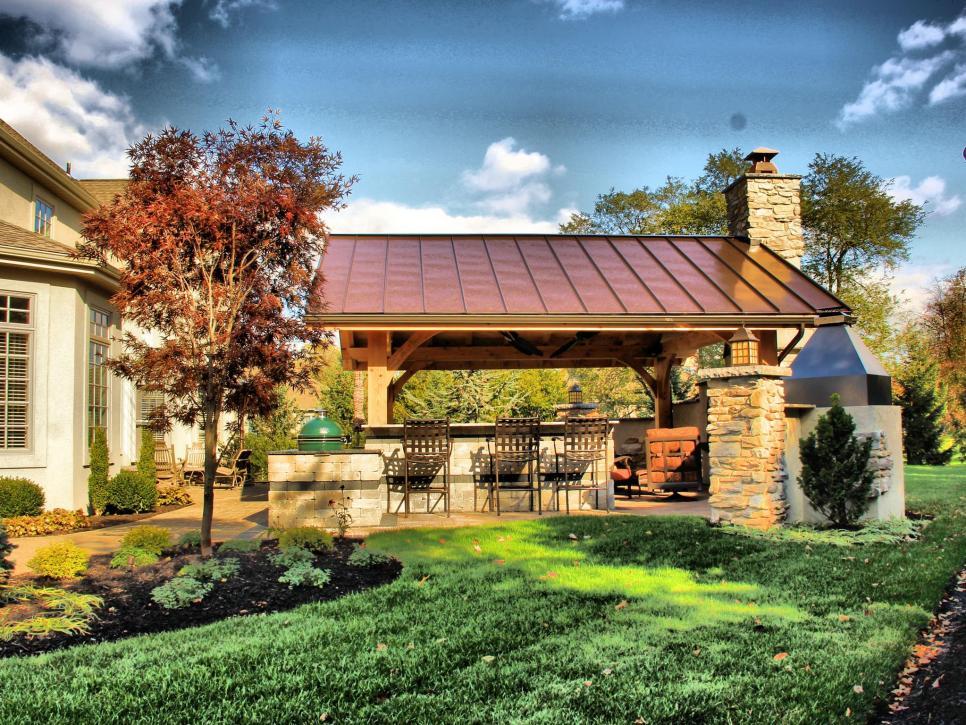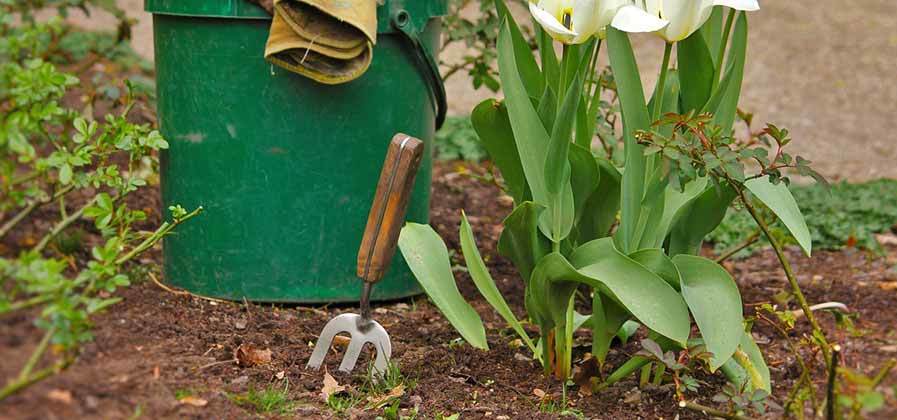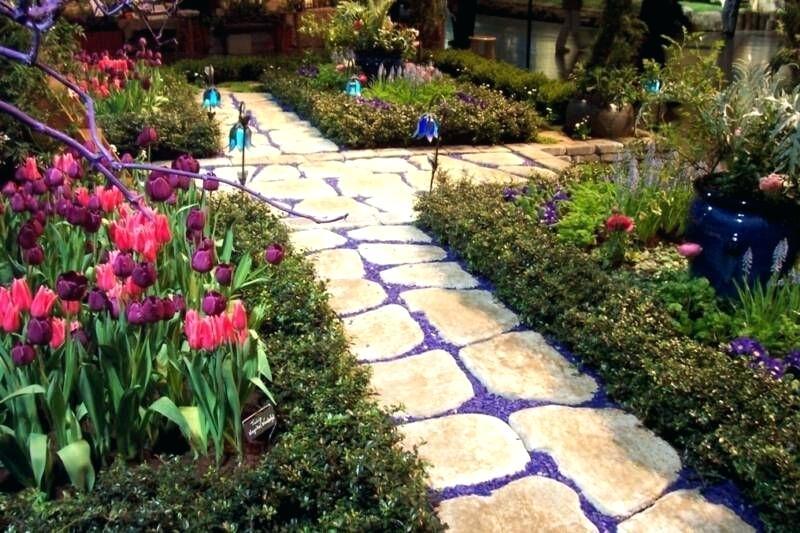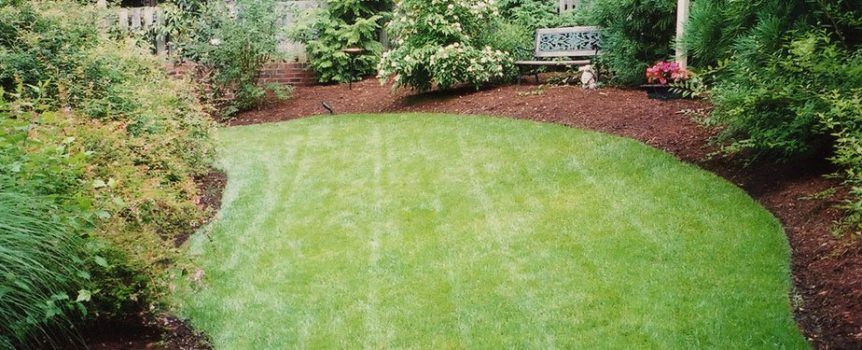Mulching Tips: What You Need to Know
Applying a layer of mulch is one of the best things you can do for your trees and bedding plants. In addition to adding color and texture to a landscape, retaining moisture, suppressing weeds, and acting as an insulator, organic mulches have many natural benefits. They are:
- Help prevent soil compaction, act as a soil conditioner, and even encourage the presence of natural aerators, like earthworms.
- Add nutrients by contributing to the availability of potassium and can add nitrogen, phosphorus, and trace elements to the soil.
- Are an ideal way to make use of recycled yard waste.
Mulching materials can either be organic or inorganic. Common organic mulches include wood chips, shredded bark, pine needles, shredded leaves, and straw. Lawn clippings and even crop by products such as ground corncobs and hulls from buckwheat or cocoa beans are also choice covers. Inorganic, or commercial mulches, are available in several varieties, colors and price ranges. Have a look HERE to see the different coverings we have available or you can read THIS to get more information.
Tumbled Glass As A Mulch
Mulch Looks Professional
Q. Should I do anything before adding Mulch to my garden?
A. The objective of mulching is to stop weeds, hold water and not have to do it again too often. Before you apply mulch it is important to make sure that the soil is healthy, has adequate compost & organic matter, and that there is enough fertiliser available for the plants to grow.Before mulching, to make the garden healthier you can add compost and water the garden well. This watering is important because it ensures that the soil won’t reject water. When garden soil is too dry, water runs straight off and you may need to break it up and soak it to avoid this happening.
Q. How long does mulch normally last?
A. Mulches vary in lifespan from approximately 12 months in the case of leaf mulch, to approximately 2 years in the case of wood chip. These figures assume that 10 cm depth of mulch is applied.
Mulch To Separate Areas
Mulch Helps Keep Water In
Q. How deep should I apply mulch?
A. Mulch should be applied to a depth of around 10 cm. This will provide an effective weed suppressing layer and maximize moisture retention. If you want to apply less than 10 cm we recommend using a Weed mat prior to mulching. Weed mat is porous so that air and water can move into and out of the soil while still managing to hinder weed growth.
Q. I know that if you loosen the earth around the stem of your plants, that’s mulching; but when it says to use mulch, what does that mean?
A. Mulch is any kind of ground cover used around plants. Common mulches are wood chips, straw, grass clippings and stones or even tumbled glass. Mulch is used to keep the soil cool, to reduce evaporation so that more water can get to the plants and to reduce the number of weeds around the plant so there is not as much competition with the plant.
Outlining With Mulch
Dramatic, Professional Mulch
Q. Should I mulch under my trees?
A. Yes. But no mulch volcanoes! Grass growing under trees will intercept much of the water and fertilizer you apply, keeping it from reaching the trees’ roots. Keep a large (3′ plus), turf-free circle around the trunk. Extend it out as the tree grows. (Grass often struggles to grow in the shade anyway.) A 2″ to 4″ layer of organic mulch, such as shredded bark, bark chips, or pine straw, helps conserve moisture and keeps weeds at bay. To prevent rot, keep mulch at least 6″ away from the trunk, and definitely don’t pile it against the trunk.
Q. Can I use sawdust as mulch?
A. Sawdus is fine for the garden. No need to mix it with anything. However, I would make sure it’s aged a little before putting them around plants so as not to burn them up.
Garden Mulch
Mulch Gardens Each Year
Q. What is the best mulch for a vegetable garden?
A. For the back garden and the vegetable garden, the absolute best mulch is spoiled hay. Spread it 20-25 cm. at first; increase it to a foot (30 cm.) if some intrepid weeds start poking their heads out. If you do get weeds be sure to pull the weeds out, or they’ll just keep going like wildfire.
Q.Wood Mulch. I have had some trees cut down recently and the wood ground up. I was told that the wood was good for mulch around other plants, shrubs and trees. Is this true?
A. Yes, you can use cut down trees for mulch. However if you do not have a tree to cut up, Manna Gum can provide as much tree based mulch as you need.
Tumbled Glass Between Pavers
Using Mulch To Separate Grass From Garden
Q. Mulch and Compost. How do I apply mulch to a vegetable garden?
A. This depends on the type of mulch you are using. For instance, straw can be spread around plants anywhere from 15-25 cm, while shredded bark may need only about 6-8 cm deep.
Q. I have a ton of pine needles I was considering using for garden mulch but l have heard that pine needles make the soil too acidic for the plants?
A. Pine needles are naturally acidic in nature. As they decompose, which is a slow process, additional acid is added to the soil. However, this may not necessarily be a dramatic increase. Since pine needles are acidic, it goes without saying that acid-loving plants (like azaleas, rhododendrons, hydrangeas, blueberries, etc.) will thrive with this type of mulch. Other plants may not respond as well; therefore, pine mulch may not be suitable. So the answer to your question is it can be OK, but there are better mulches available.
Nice Mulch Separator
Don’t Pile Mulch Around Tree Trunks
Some Tips From The Experts (Landscapers)
Don’t pile mulch around tree trunks as it can rot the tree.
Before mulching, remove any grass, weeds and dead plants from the bed.
While mulch helps to retain soil moisture, mulched gardens still need watering (water restrictions permitting). If installing an irrigation system, such as a drip system, do so before mulching.
Put in any new plants before applying your mulch layer.Mulch to a depth of 85-110 mm deep.
Mulch can be applied at any time, but is best applied in mid spring or early summer.Top up the mulch regularly to maintain desired thickness.
Wet the soil before you lay your mulch down. The best way to do this is to mulch on a day of rain, or the day after rain. Otherwise you have to give the soil a good soak yourself. Check to see the soil is getting wet and not simply running off. Poor soils (typically sandy soils) can become hydrophobic (they actually repel the water because of a waxy coating which has developed around the soil). If this is the case, add some compost to your soil and apply a frog-friendly wetting agent after the application of the mulch.
Well there you go. A bit of insight into mulching. I hope it helps. If you have any questions, just give us a bell at Manna Gum Building And Garden Supplies on 9752 2434.
Cheers.
